Approximately 66 million years ago, our planet was one-two punched, a new study suggests. The planet was initially struck by a space rock approximately six miles wide somewhere in present-day Mexico.
The impactor, known as the Chicxulub, was among the leading causes of demise for the dinosaurs plus 50-75% of all life on Earth.
Some 650,000 years later, a mile-sized rock called Boltysh hit Earth. The impact resulted in a 15-mile-wide crater in nowadays’ central Ukraine.
Scientists formerly believed that the two contributed to the mass extinction that ended the dinosaurs.
However, the study published on Friday in Science Advances concluded that Boltysh hit our planet long after the last extinction victims died out. Annemarie Pickersgill, a researcher of the University of Glasgow, who specializes in meteorite impacts, and the study’s co-author said that she thinks that the extinction was “essentially done and dusted” by the time the second rock hit.

Though Boltysh probably didn’t exacerbate the die-off, Pickersgill believes that the second hit may have delayed the planet’s recovery from the catastrophic events.
Scientists discovered the Boltysh impact in 2002, and an early study claimed that the asteroid had hit 2,000 to 5,000 years before Chicxulub did. Pickersgill claimed that her team planned to date the Boltysh crater more precisely, but they didn’t expect that the findings would upend research from the past.
“I was surprised to find that the age for Boltysh was after Chicxulub,” she said.
The updated age for the Boltysh crater coincided with a period of intense global warming called the lower C29 hyperthermal, the study’s authors added. They are looking into the hypothesis that Boltysh may have contributed to global warming in extensive amounts.











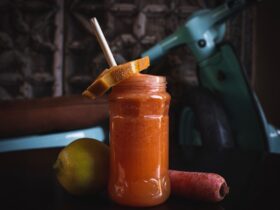

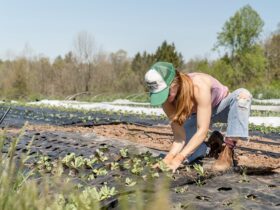

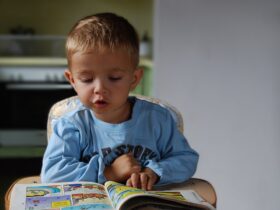




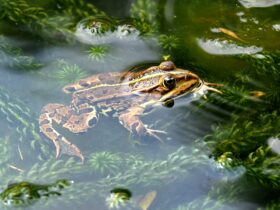
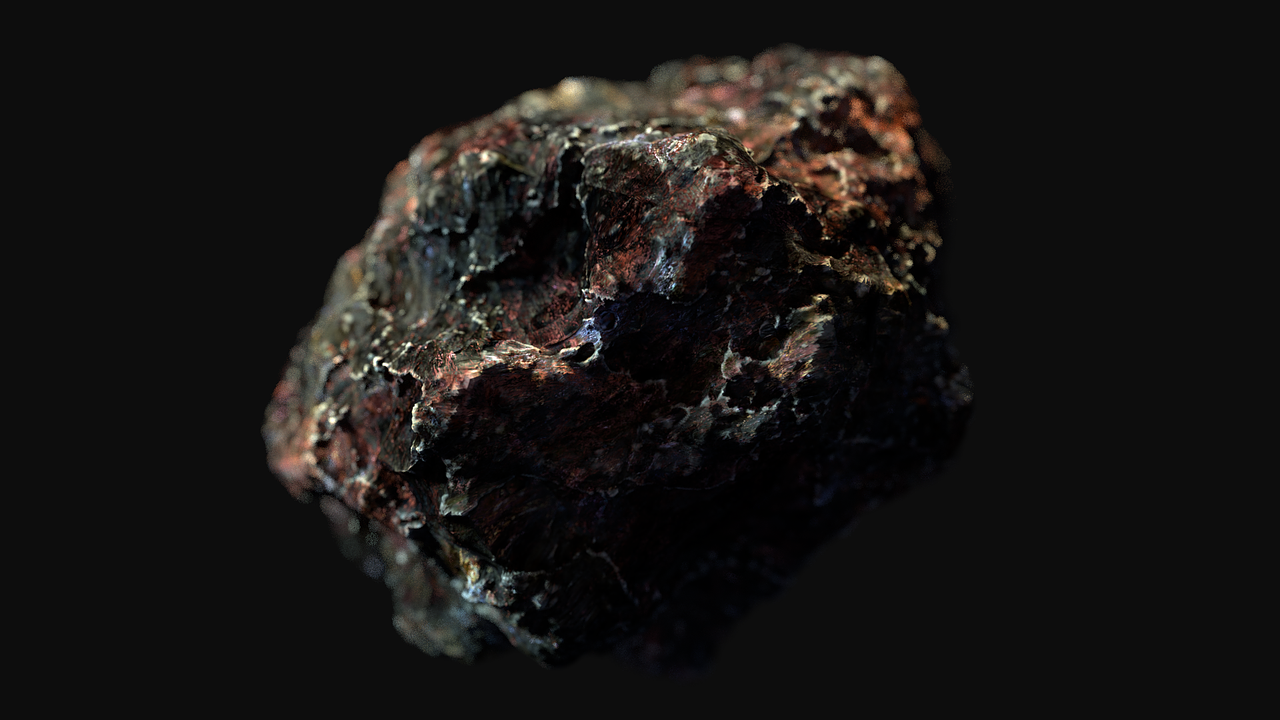

Leave a Reply